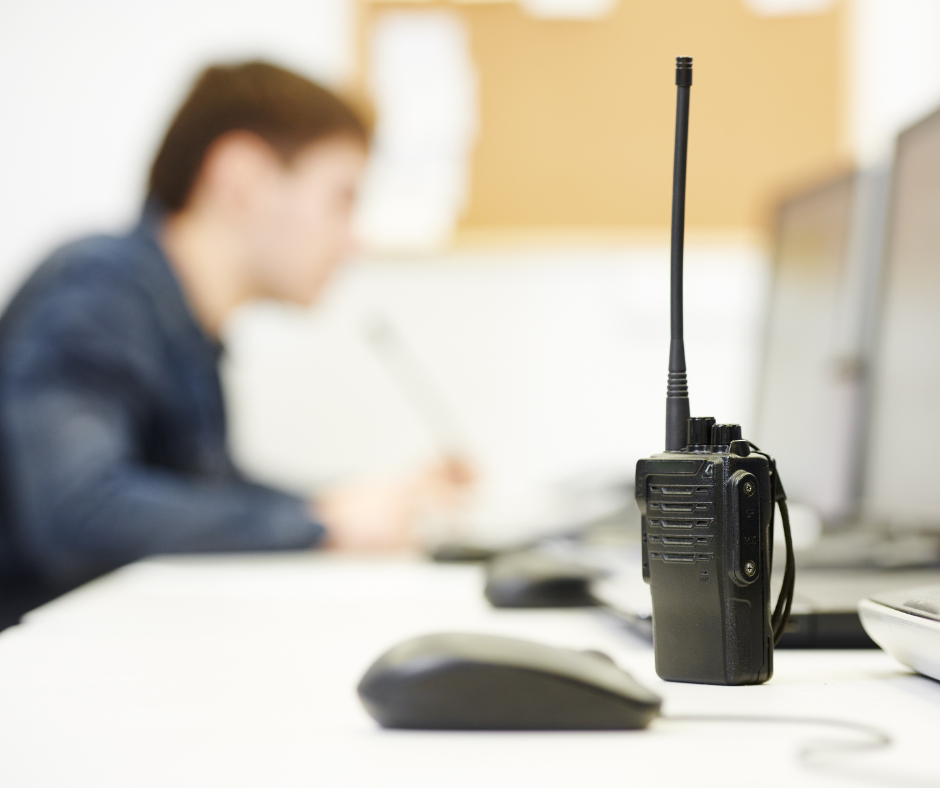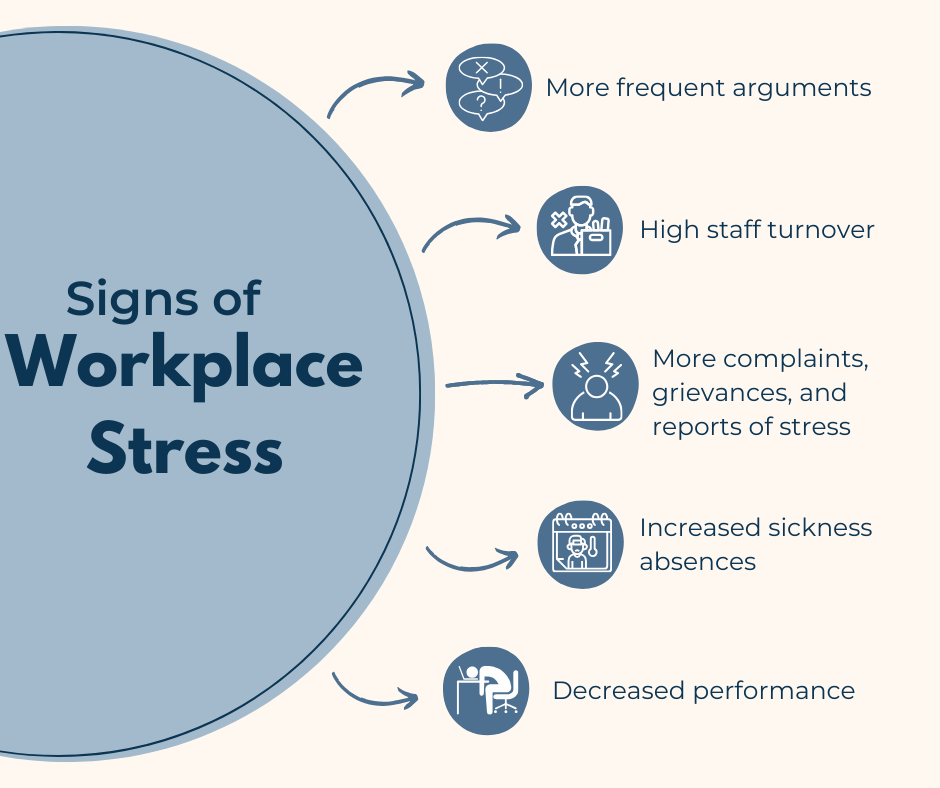Under the Management of Health and Safety at Work Regulations, employers must manage the risk to lone workers. Risks that affect lone workers in particular include workplace violence, the effects of stress, and medical conditions or accidents.
Keep reading to learn more about how to protect your lone workers.
Why are lone workers at risk of violence?
 The HSE observes that whilst lone working does not always mean a higher risk of violence, it does make workers more vulnerable, since the lack of nearby support can make it harder for them to prevent an incident.
The HSE observes that whilst lone working does not always mean a higher risk of violence, it does make workers more vulnerable, since the lack of nearby support can make it harder for them to prevent an incident.
Notable violence risks, include:
- late evening or morning work, when fewer people are around
- lone workers, such as security staff, who have authority over customers and are enforcing rules
- people affected by drugs or alcohol
- carrying money or valuable equipment
What risks do stress and other health factors pose to lone workers?
 Lone working can cause work-related stress and affect people’s mental health. The HSE provides guidance via their Stress Management Standards, citing the six main factors that can lead to work related stress as demands, control, support, relationships, role and change, where it is advised that workers may say that they:
Lone working can cause work-related stress and affect people’s mental health. The HSE provides guidance via their Stress Management Standards, citing the six main factors that can lead to work related stress as demands, control, support, relationships, role and change, where it is advised that workers may say that they:
- are not able to cope with the demands of their jobs
- are unable to control the way they do their work
- don’t receive enough information and support
- are having trouble with relationships at work, or are being bullied
- don’t fully understand their role and responsibilities
- are not engaged when a business is undergoing change
To mitigate the adverse affects of mental health difficulties, pre-emptively developing coping strategies, guidance and ongoing support should be a priority. Regular reviews and informal talks can have a positive impact.
What training, supervision, and monitoring should lone workers receive?
Employer’s Legal Duties for Protection Employees from Stress
 Signs of stress may be identified through changes in behaviour or demeanour – mangers should look out for the following:
Signs of stress may be identified through changes in behaviour or demeanour – mangers should look out for the following:
- more frequent arguments
- high staff turnover
- more reports of stress
- increased sickness absences
- decreased performance
- more complaints and grievances
Acting early can reduce the impact of pressure and make it easier to reduce or remove the causes, with referral to a GP, as well as taking action to address the root cause of any problems suggested, where appropriate.
It is worth noting that employers have a legal duty to protect employees from stress at work by conducting and implementing a risk assessment, characterised with reference to the management standards, which should be communicated to employees.
Managers are encouraged to talk to employees when they experience difficulties, however, if this proves awkward or unwelcome, referrals to an employee assistance programme, an occupational health service, or medical professionals are recommended.
In cases of severe anxiety or depression, where an individual may be affecting the wellbeing of others, employers are advised to speak with occupational health or NHS professionals.
Lone Worker Training
It is often harder for lone workers to get help, so they may need extra training to understand the risks in their work and how to control them.
Where there is limited supervision to control, guide and help in uncertain situations, training is important, especially when enabling people to cope with unexpected events, such as those involving violence.
Consequently, the HSE directs that limits should be set on what can be done whilst working alone, making sure that workers are competent to deal with the requirements of the job, trained in using any technical solutions and able to recognise when they should get advice.
Supervision should be in line with the contents of the risk assessment.
Special attention is advised for new workers who are being trained, performing roles with specific risks or where employees are dealing with new situations.
How do you monitor lone workers?
 Suggested methods for monitoring lone workers include:
Suggested methods for monitoring lone workers include:
- visits to observe and, where necessary, supervise activity
- maintaining an understanding of where workers are, with pre-agreed intervals of regular contact, using phones, radios, emails, etc
- using other devices for raising the alarm, operated either manually or automatically
- conducting a reliable system to ensure a lone worker is present in the location they are required, following completion of tasks
If a lone worker is from outside the UK, they may come across unfamiliar risks or the workplace culture may be different. It is imperative any information, instruction and training to work safely is comprehensively delivered and understood.
Maintaining contact is also imperative to mitigate feelings of disconnection, isolation or abandonment, which might affect performance, stress levels and mental health.
Where a lone worker has ongoing ill-health or a condition where it is unclear whether their ability to work alone safely might be compromised, consideration should be given to possible emergencies, additional physical and mental burdens and what first aid training and equipment is necessary. In instances of uncertainty, reference to a GP may be appropriate.
How can WA Management help?
As part of our online training shop, we offer a Lone Working online training course which can be accessed 24/7 online via desktop or tablet.
We can also offer bespoke risk assessments to cover lone working situations.

Display Screen Equipment and Lone Working. training courses are essential tools in protecting the health and safety of your employees. Make sure you don’t miss out on our 10% off deal on these courses, available until the end of September. Simply enter the code ‘dse10’ at checkout to save!
Read more Consultant’s blogs here.
To keep up to date with the latest health & safety news and advice, follow us on social media:

